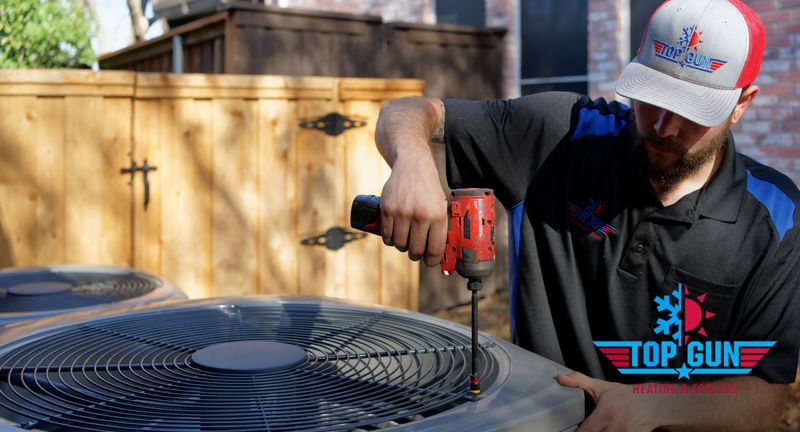
Leak Stop
A/C Leak Stop: Good or Bad?
Although it may seem like a slam dunk solution for those small persistent leaks in your air conditioning system that require topping off year after year. There are however two different schools of thought on application of leak stop. On one hand you have HVAC professionals who insist nothing should ever be present in the system except refrigerant and oil. On the other, there are those that insist that it comes down to using a trusted product. Since it is not a permanent repair, there are specific, but limited uses for it.
What is Leak Stop?
An air conditioning system is a closed loop system, meaning all the refrigerant is hermetically sealed in it. The same amount of refrigerant that existed in the system since installation is the same amount you should always have. Sometimes small leaks occur, usually do to improper installation practices. An HVAC service professional may offer you leak stop as a repair option, but is that the right choice? This depends on the size of the leak. A service professional should always try to identify the source of the leak first and calculate the rate at which its leaking.
Leak stop is not a guaranteed solution. Its application is very specific and limited, but often abused and misapplied. Leak stop is basically fix-a-flat for your leaking air conditioning coils. Its composed of a formula that seals small leaks in the coils. The key word is small, leak stop will have hardly any effect on larger leaks.
The key thing to remember through all this, is that if your system leaks at all it must be repaired or have the defective part replaced. The EPA does not like to see systems topped off continuously year after year. In 2019 the EPA is cracking down on systems with over 50 lbs with leak rates greater than 10 percent a year. They have issued a directive to repair or replace or be subject to fines.
I Have a Leak, Now What?
An HVAC service company is equipped with many ways to find and fix leaks. The usual method is electronic leak detection. Micro leaks are harder to access usually and therefore harder to locate even with the most advanced leak detectors on the market. There are additives like UV dyes that can be added to the HVAC system. These require a second visit and inspection with a UV light to determine the location(s) of the leak. If a leak is present but unable to be located, leak stop may be a viable solution.
Using the criteria listed below to determine if leak stop is appropriate.
- Hard to find leaks
- Leaks is not accessible
- Multiple micro leaks
- System is R22 based and very old
We are seeing a large number of micro leaks in the channels of the evaporator coils used in systems today. In these cases leak stop could be an effective, lower cost solution that replacing. First though, the company servicing the equipment should check the status of the units warranty with the manufacturer. If the unit is still covered by the manufacturers warranty, you should consider warranty replacement. This does not cover labor costs though and can still be a repair costing in excess of $1000. Another consideration is voiding the manufacturers warranty by injecting additives into it. Many manufacturers have taken the position, that if they can prove a stop leak agent was used in the system, the warranty is then void.
An Ounce of Prevention…
The saying goes, an ounce of prevention is worth a pound of cure. When it comes to leak in your air conditioning unit there is simply no substitute for proper installation practices. Clean, dry and tight are the words we use to describe proper installation of refrigerant piping. At Top Gun Heating & Air services we say the most important day in the life of a system, is the day its installed. Proper air conditioner installation practices include using nitrogen during brazing, pressure testing, and pulling a triple vacuum with a micron gauge to ensure all the moisture present in the system is evacuated. If you have a leak in your air conditioning system, don’t hesitate to give us a call or fill out a service request form by clicking here.
